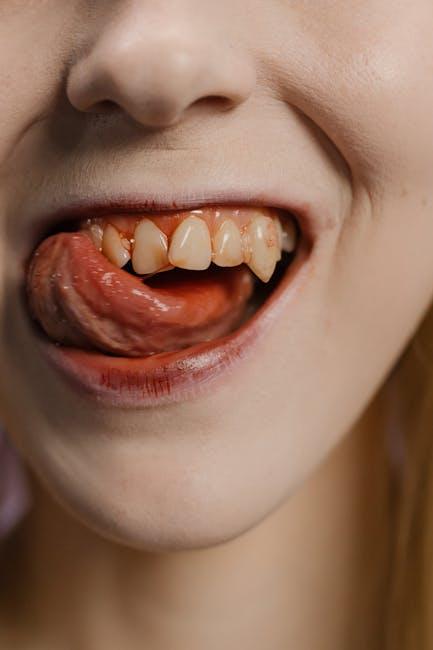
Does Medicaid Cover Dental? Orthodontics, Common Procedures & State Coverage – Healthinsurance.org
If you or a loved one is enrolled in Medicaid and wondering, “Does Medicaid cover dental care?” you’re not alone. Dental health is a critical component of overall wellness, but unfortunately, coverage for dental services through Medicaid can vary widely depending on age, state, and specific services. This comprehensive guide will break down what dental services Medicaid covers, including orthodontics, common dental procedures, and how coverage differs across states.
Understanding Medicaid Dental Coverage
Medicaid is a state and federally funded program that provides health coverage for eligible low-income individuals and families. Coverage includes a range of essential health services, but dental benefits are one area where states have flexibility — meaning dental coverage can vary significantly depending on where you live.
Federal Minimum Requirements
Under federal law, Medicaid must provide dental coverage for children under age 21 as part of the Early and Periodic Screening, Diagnostic and Treatment (EPSDT) benefit. This ensures kids can get preventive care, fillings, cleanings, and necessary treatments early on.
However, for adults, Medicaid dental coverage is considered optional, and states decide what benefits to offer based on their budgets and policy priorities.
Does Medicaid Cover Orthodontics?
One of the most common questions is whether Medicaid covers orthodontic care, such as braces. The answer depends largely on the patient’s age and medical necessity.
Orthodontic Coverage for Children
- Mandatory for Children: Medicaid generally covers orthodontic treatment for individuals under 21, but only if the treatment is medically necessary. This may include cases like severe malocclusion or craniofacial anomalies.
- Limits Apply: Cosmetic orthodontic procedures are usually not covered, meaning Medicaid won’t pay for braces just to straighten teeth for aesthetic reasons.
Orthodontic Coverage for Adults
- Varies by State: Most states do not cover orthodontics for adults unless it is deemed medically necessary (for example, related to an accident or disease).
- Check Your State’s Policy: If orthodontics is a concern for you as an adult Medicaid recipient, it’s essential to review your state’s Medicaid dental coverage or speak with your Medicaid caseworker.
Common Dental Procedures Covered by Medicaid
Below is a list of typical dental procedures that Medicaid often covers, though remember that state differences exist:
- Preventive Care: Cleanings, fluoride treatments, sealants, and routine exams.
- Diagnostic Services: X-rays and dental exams.
- Restorative Care: Fillings, crowns, and root canals for children.
- Extractions: Tooth removal when necessary.
- Emergency Dental Services: Treatment for pain relief and dental trauma.
For adults, coverage is more limited. Some states offer emergency dental care only, while others provide a broader range of services.
State-by-State Medicaid Dental Coverage Overview
As coverage varies, the following table summarizes Medicaid dental benefits for adults in select states. This can help you quickly understand what dental care you may expect based on your location.
| State | Adult Dental Coverage | Orthodontics Coverage |
|---|---|---|
| California | Extensive (preventive & restorative) | Medical necessity only |
| Texas | Emergency services only | Not covered |
| New York | Comprehensive | Medical necessity only |
| Florida | Limited preventive | Not covered |
| Ohio | Moderate preventive & restorative | Medical necessity only |
You can verify your state’s exact policy on official Medicaid websites or by calling your state Medicaid office. Some states publish detailed dental coverage manuals online.
Practical Tips for Using Medicaid Dental Benefits
- Find Medicaid-Approved Dentists: Not all dental providers accept Medicaid, so check the Medicaid provider directory to find dentists in your area covered by your plan.
- Verify Covered Services Upfront: Before treatment, confirm what procedures Medicaid will cover to avoid unexpected bills.
- Schedule Regular Checkups: Preventive care can catch issues early and often is fully covered for children.
- Keep Documentation for Orthodontics: If applying for orthodontic coverage, prepare medical records demonstrating the necessity to support your claim.
Real Stories: Firsthand Experience with Medicaid Dental Coverage
Anna, a mother of two in Ohio, shares: “Thanks to Medicaid, my kids get their regular dental cleanings and fillings without any stress. It’s reassuring to know that my children’s teeth are taken care of since I couldn’t afford private insurance. However, I did have to look hard to find an orthodontist who accepts Medicaid when my daughter needed braces due to her severe overbite.”
Mark, a 27-year-old Medicaid enrollee in Texas, says: “I learned quickly that adult dental coverage here is very limited. I only had coverage for emergency pain relief after a tooth infection, but no provision for fillings or preventive care.”
Conclusion: Does Medicaid Cover Dental Care?
In summary, Medicaid does cover dental care for children with services spanning from cleanings to orthodontics when medically necessary. However, adult dental coverage varies dramatically by state, often limited to emergency services or minimal preventive care. Orthodontic coverage for adults is rare and primarily restricted to cases with clear medical necessity.
If you’re a Medicaid recipient, the best approach is to investigate your state’s Medicaid dental policies, speak to your Medicaid representative, and find Medicaid-friendly dental providers near you. Maintaining good oral health is possible through Medicaid, especially for children, and understanding your benefits can help you access the care you need.
For more information on Medicaid and dental benefits, visit Healthinsurance.org’s Medicaid resource center.


